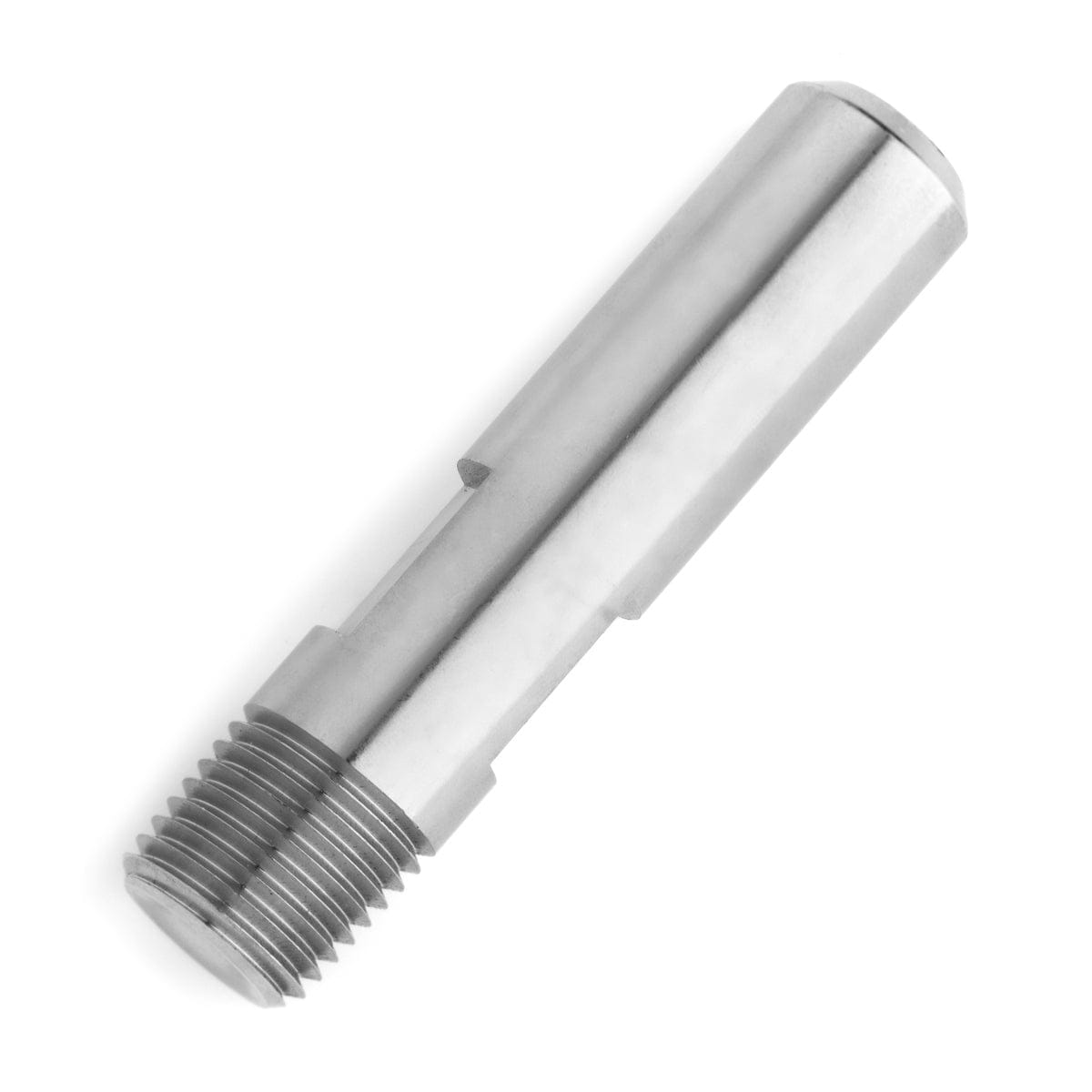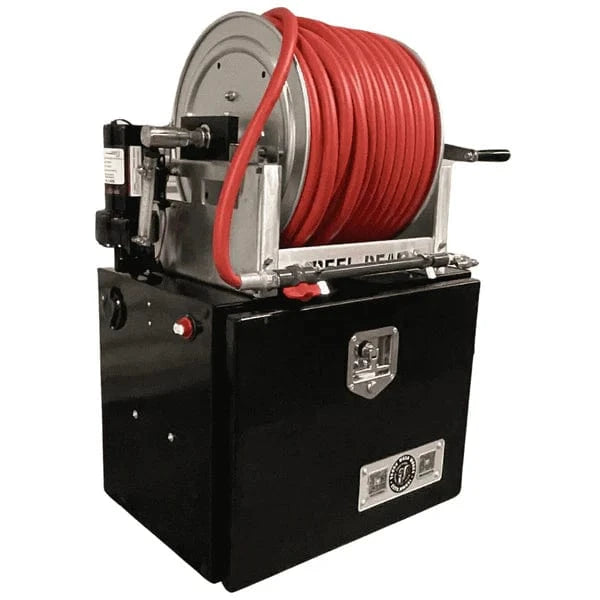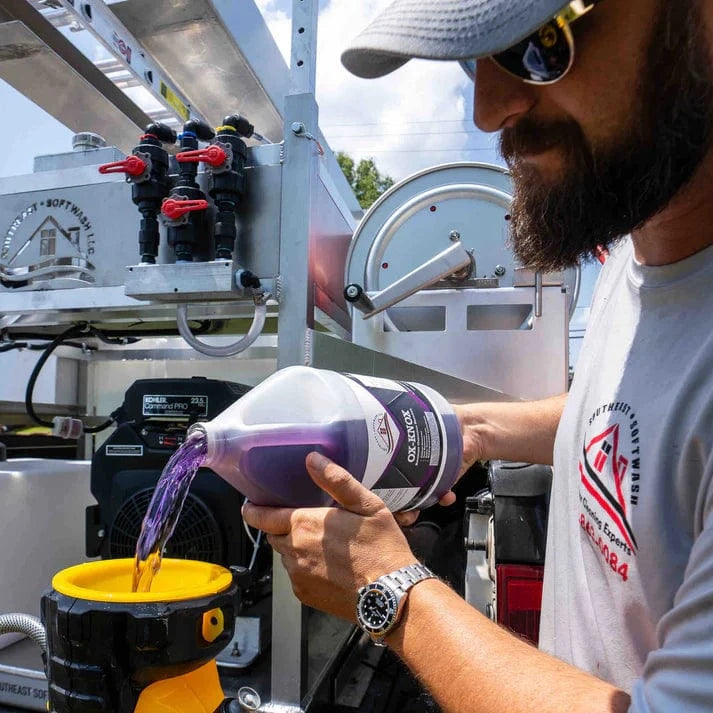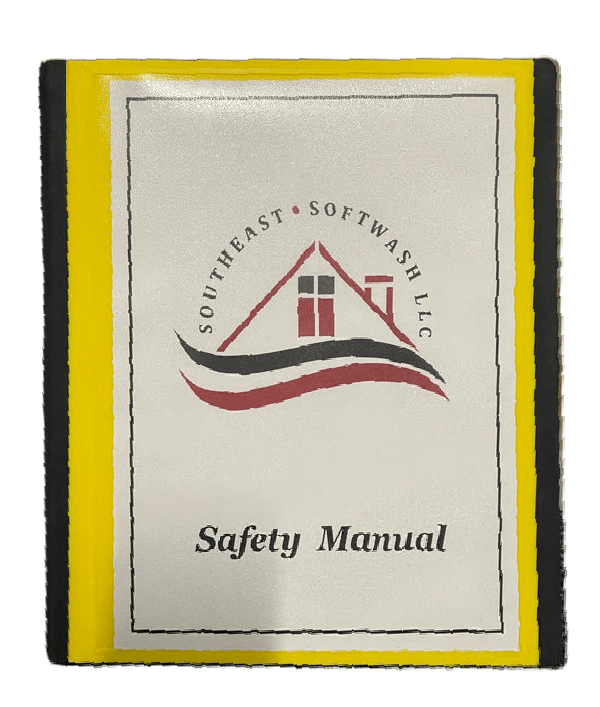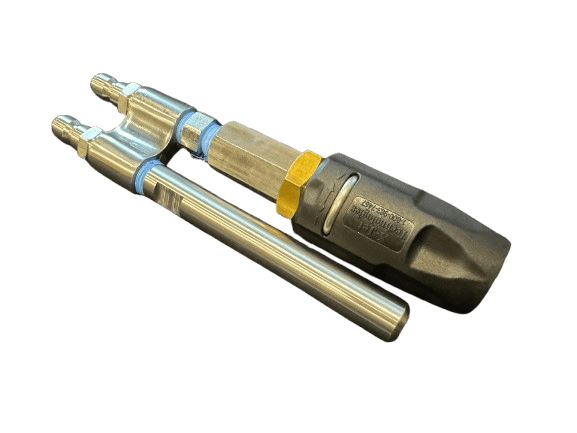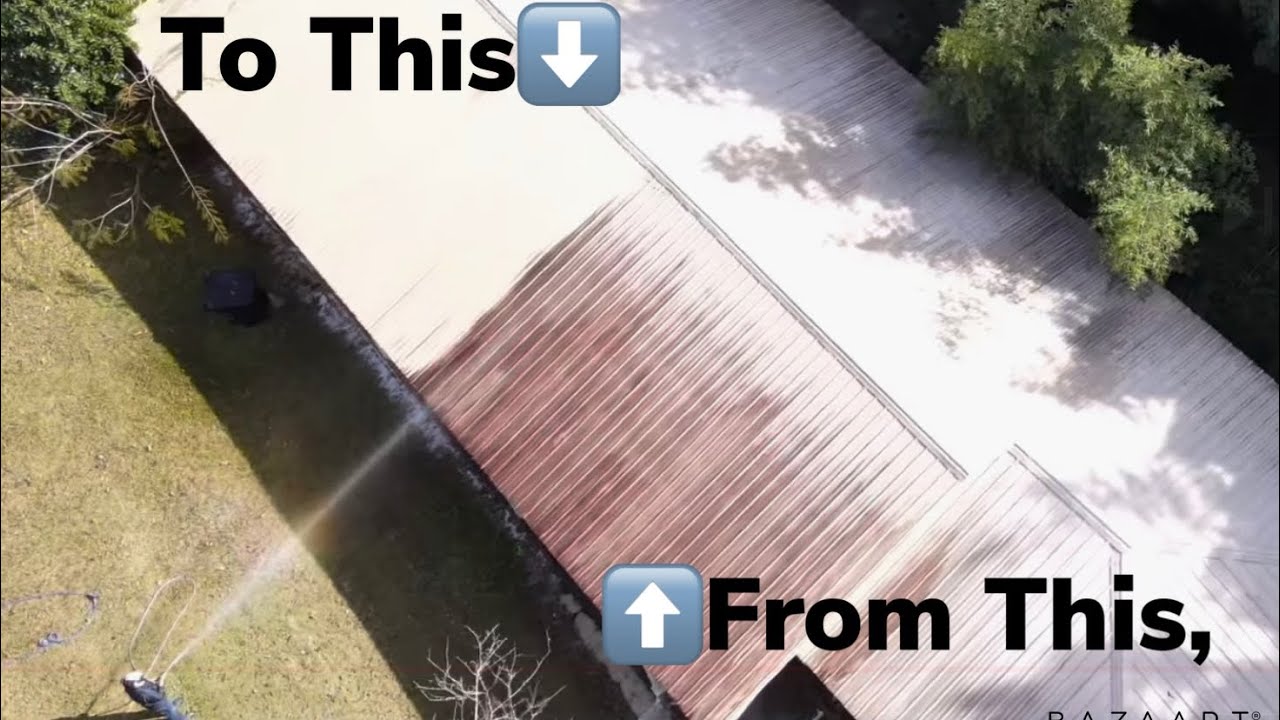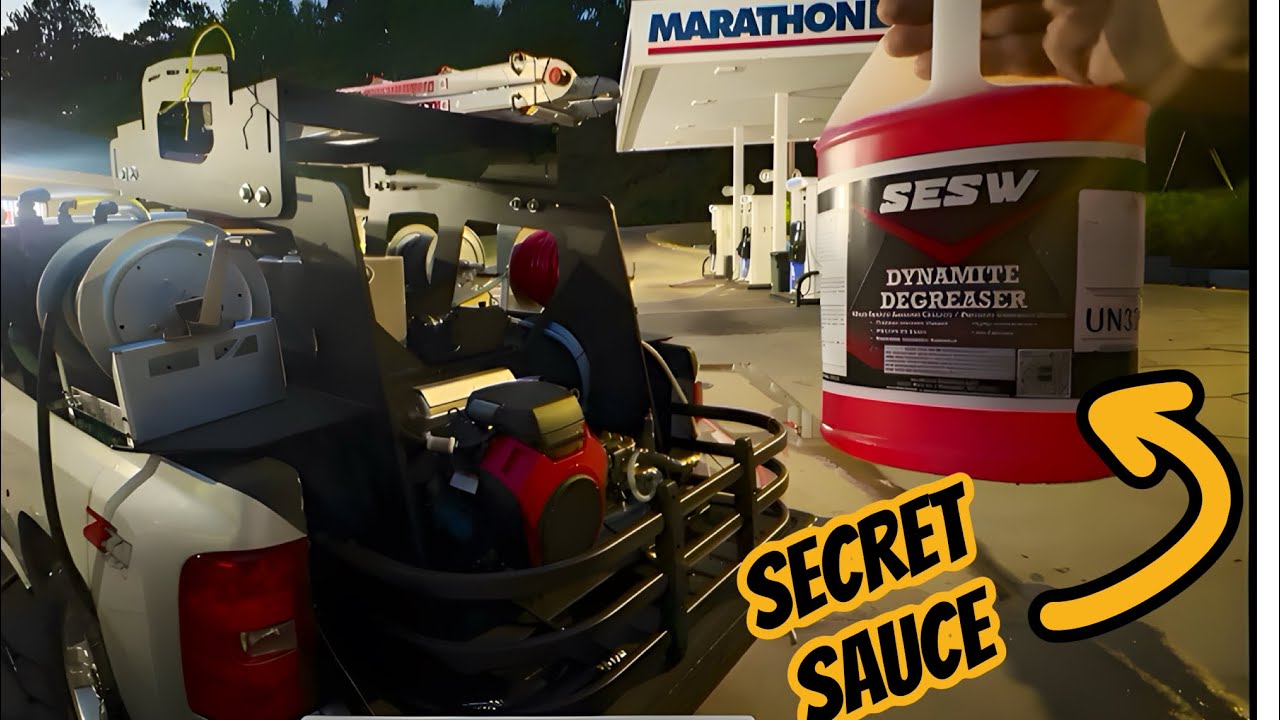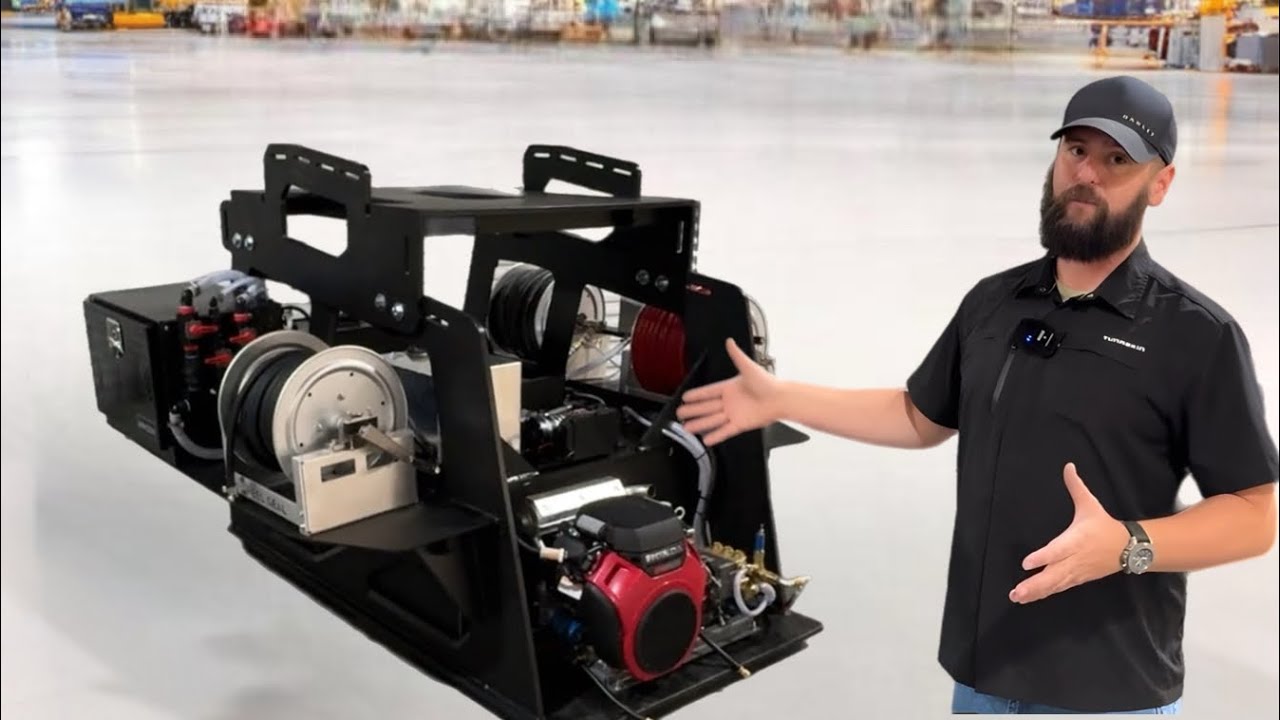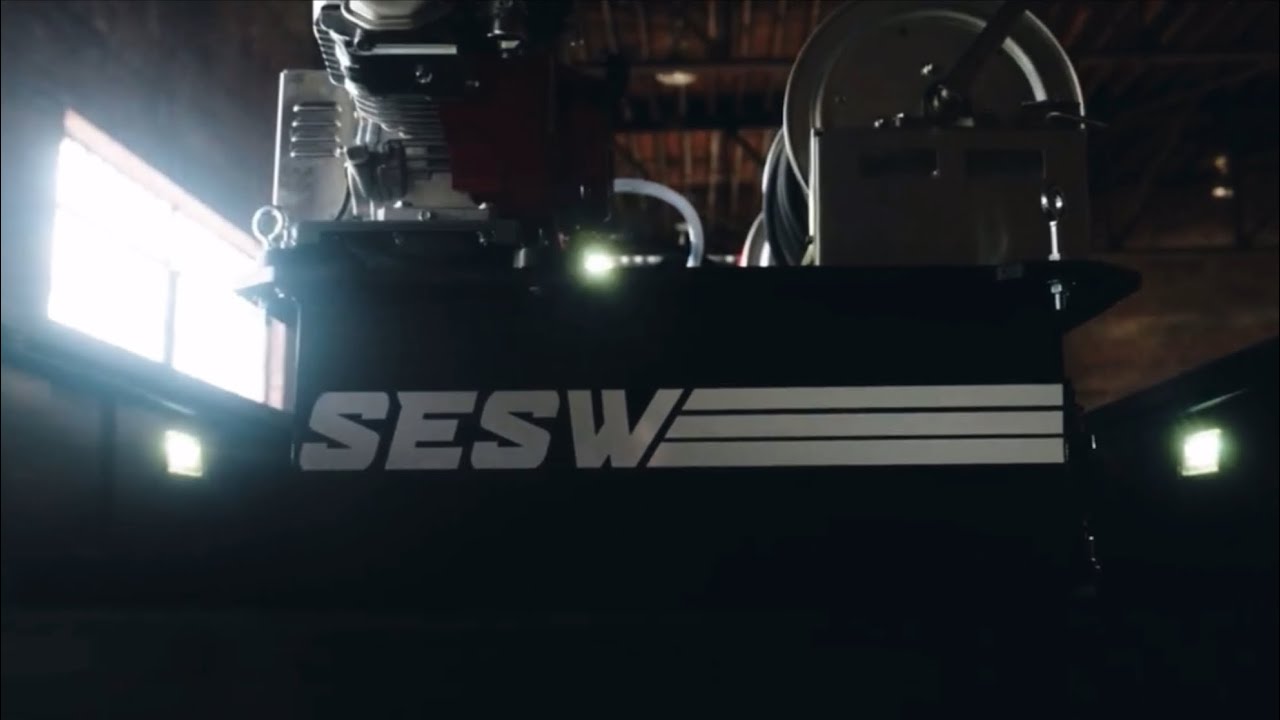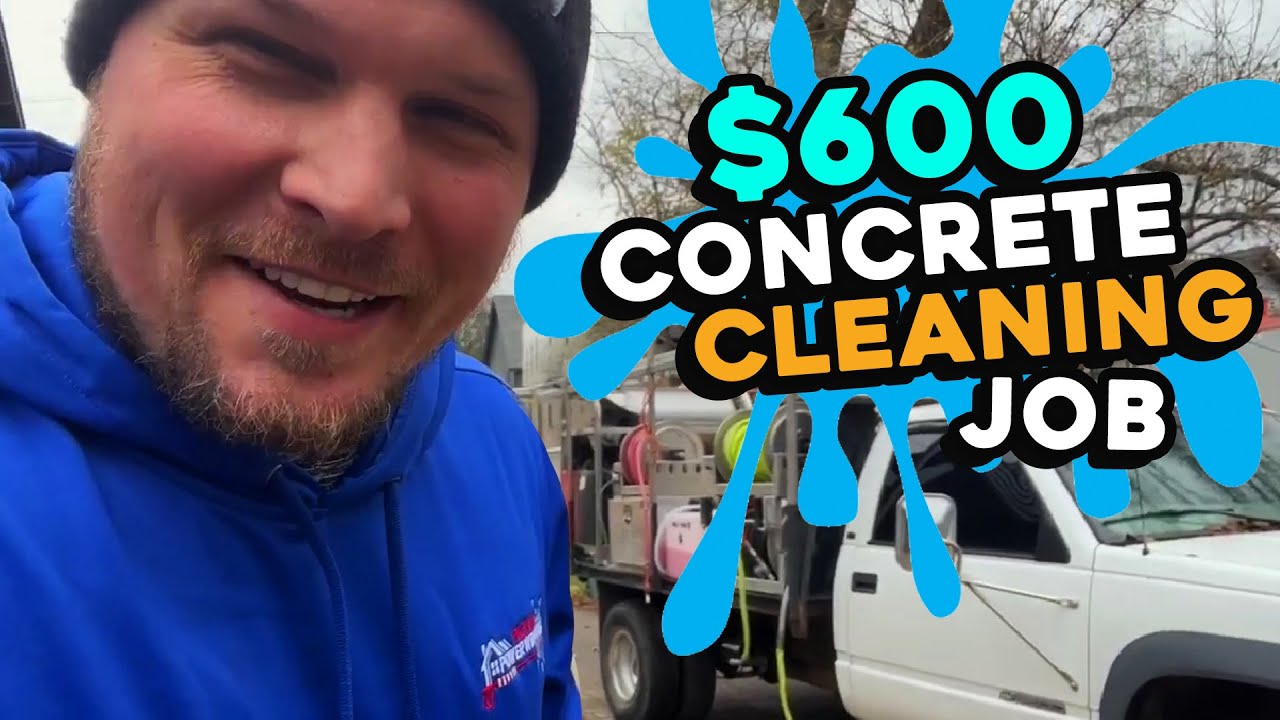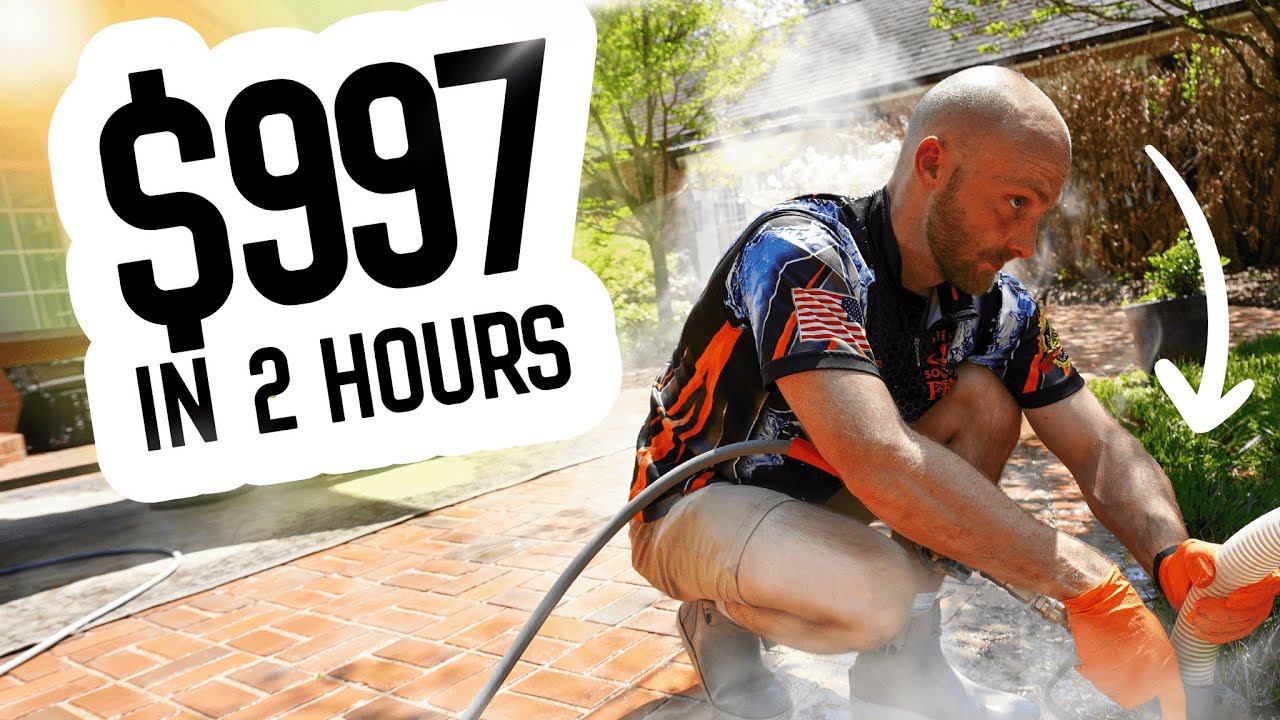Metal roofs differ from other roofing types like asphalt shingles, Spanish tile, or cedar shake. They’re smoother, more reflective, and can heat up quickly in the sun. They’re also often painted with a protective coating that can be damaged by strong chemicals or high pressure, so it’s essential to know what you’re doing.
A few critical differences:
-
Never use high pressure. Soft washing is the only safe method.
-
Watch your chemical strength. The goal is to clean—not damage.
-
Understand the surface type. This roof was a painted metal roof, not Galvalume.
Step 1: Inspect and Identify the Roof Type
The very first step is to determine whether the roof is painted metal or Galvalume (a galvanized metal roof with a protective electroplated finish). Painted metal roofs come in colors like white, green, red, or black, and are much more tolerant of softwash chemicals.
⚠️ Do not clean Galvalume roofs. The SH (sodium hypochlorite) mix can counteract the protective coating, leading to permanent streaks, oxidation, and a likely insurance claim.
In this case, we had a cream-colored painted metal roof that was solid black with bacteria. Time to restore it safely.
Step 2: Mix Your Soft Wash Solution
The grime on this metal roof is caused primarily by Gloeocapsa magma—the same black bacteria that often appears on shingles. We use a softwash bleach mix to clean it:
-
Start at 2% SH.
-
If that doesn’t cut it, increase slowly up to 4–5%.
-
Never exceed 5% unless absolutely necessary—hot mixes can lead to oxidation and paint damage.
On this job, we used a 4% mix due to how nasty the roof was and the fact that it had a shallow pitch (less runoff).
We also recommend adding a quality surfactant to help the chemical cling to the surface and improve dwell time.
Step 3: Set Up for Property Protection
Always protect the landscaping before and during your roof cleaning:
-
Keep grass and shrubs soaked with water.
-
Rinse continuously during the job.
-
Spray water between coats of chemical if necessary.
This house had no gutters, which meant more runoff on the lawn and shrubs—so we were extra cautious.
Step 4: Application and Dwell Time
Using our AlumiMax Pro Skid, we applied the mix to the roof from the ground. Since the surface was low-pitched, this made it much easier and safer. This is one of the benefits of using professional softwash rigs—you can clean quickly and efficiently without getting on the roof.
Key technique notes:
-
Spray with controlled volume. Less is more on slick metal roofs.
-
Keep the mix wet. Reapply or rinse with water if it starts to dry.
-
Avoid midday heat. Hot metal roofs can cause the SH to bake in and oxidize the paint.
We recommend soft washing in the early morning or late afternoon, especially in warm climates.
Step 5: Rinse, Rinse, Rinse
Metal roofs must always be rinsed. Unlike asphalt shingles, which may not require rinsing unless for landscaping protection, metal and bleach are a bad combo.
Why?
-
Bleach is corrosive.
-
The roof is held down with metal screws and rubber washers that can degrade if left with SH on them.
-
Rinsing also removes surfactant and gives the roof a final polish.
You can rinse using a ball valve on a pressure washer (low pressure) or water-only through your softwash system. Just be careful around the ridge cap—too much pressure can force water inside the home.
Step 6: Final Coat and Inspection
We let the first coat dwell for about 5–7 minutes, then reapplied in problem areas. After two coats and 25 minutes, the roof looked like new. We spot-treated a few remaining dark spots before packing up.
Even with filming and drone shots, this would’ve been a 1-hour job max. That’s the power of having the right rig and the right system in place.
Want to Learn How to Do This Professionally?
This blog gives you a walkthrough, but if you're serious about learning how to softwash properly, we strongly recommend our SESW Softwash 101 Class.
This is the foundational course for beginners and intermediate softwash pros looking to:
-
Understand chemical ratios and safety
-
Learn surface-specific techniques
-
Get hands-on with real-world scenarios
-
Build confidence and grow your business
Whether you're doing roofs, siding, concrete, or fences, Softwash 101 teaches you the exact methods we use every day.
Final Thoughts
Cleaning a metal roof isn’t hard—if you know what you’re doing. With the right chemical mix, the right timing, and a solid rinsing plan, you can restore almost any painted metal roof to like-new condition.
Need equipment?
Check out our AlumiMax Pro Skid, reels, and surfactants at Southeast Softwash. We’ve got everything you need to go pro.
Want more tutorials like this?
Subscribe to our YouTube channel and stay tuned for our next “How To” episode!


